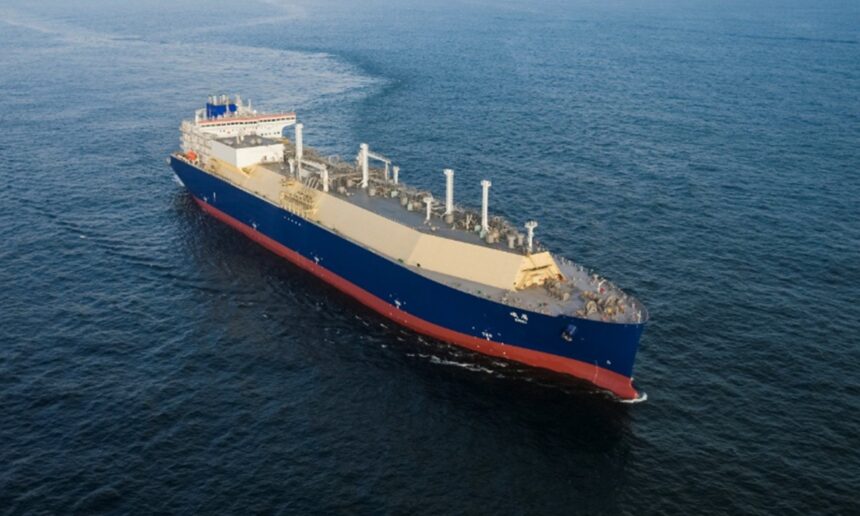The US port fees imposed on Chinese vessels have cast a shadow over its energy export industry, highlighting the self-contradictory nature of the US policies that aim to promote energy exports while hindering cooperation with the world’s leading liquefied natural gas (LNG) ship manufacturer.
In light of America’s inability to construct LNG ships domestically or the absence of any alternative LNG shipping fleet, its self-defeating attempt to contain China’s shipbuilding industry ultimately is set to backfire.
In lobbying letters sent to the US government this week, the American Petroleum Institute warned that the US rules aimed at forcing them to use US transport vessels by imposing levies on Chinese-built ships docking at US ports could damage a $34 billion a year export industry, the Financial Times (FT) reported on Sunday.
The US, as the world’s largest LNG exporter in 2023 and 2024, has long been striving to enhance its energy export competitiveness through various means. However, its port fee plan appears to have taken a sharp U-turn away from this goal.
The harsh reality is that the construction of high-end vessels like LNG carriers demands core technologies, as well as a complete industrial and supply chain. It is far beyond the reach of short-term policy support to replicate such capabilities.
There are currently no US-built vessels capable of shipping LNG, according to the FT report.
Therefore, the move to suppress the Chinese shipbuilding industry will not only fail to strengthen American shipyards but also inflate LNG transportation costs, eroding the competitiveness of US LNG in the global market.
The global LNG market is already a highly competitive arena, with Qatar, Australia, Russia and other players vying for more market share. With US LNG becoming more expensive due to the restrictions on LNG carriers, price-sensitive buyers are likely to pivot to alternative suppliers, resulting in a loss of market share for the US.
Moreover, a large portion of LNG sales are secured through long-term contracts spanning many years, with price mechanisms set in stone well in advance. The sudden imposition of hefty port fees by the US government could leave US LNG exporters in the lurch, as they may not be able to unilaterally amend contracts nor pass on the full cost burden to clients. This could severely squeeze profit margins on existing contracts and pose a risk of default. Also, the resultant uncertainty is bound to deter prospective buyers.
The US LNG industry’s investment prospects appear strong at present, with many new projects either in the planning or construction phase. Yet, this policy uncertainty over additional logistics costs has cast a shadow of unpredictable and exorbitant operating costs over the future. Faced with such substantial uncertainty and potential losses, investors are likely to be cautious toward US LNG export projects.
To a certain extent, the greatest obstacle to maintaining the competitiveness of American energy exports isn’t foreign competition; it’s Washington’s own refusal to face up to its industrial reality and its contradictory policy choices.
After years of development, Chinese shipyards have achieved remarkable breakthroughs in LNG ship construction technology, boasting substantial production capacity. China’s ascent in the LNG ship manufacturing sector not only caters to domestic demand but also serves as a vital supplement to the global market.
China has already obtained about 30 percent of the world’s orders for LNG carriers. Last year, China State Shipbuilding Corp and Qatar Energy signed a deal for 18 ultra-large LNG carriers each with a payload capacity of 271,000 cubic meters, according to the Xinhua News Agency.
The US, in its misguided quest to contain Chinese manufacturing, is only inflicting harm upon its own industries and businesses.
As long as the US wants to promote its LNG exports, it is impossible for it to overlook the significant role that China’s LNG carrier manufacturing capacity plays in this endeavor. The dynamics of global energy markets underscore the necessity of collaboration with Chinese manufacturing, particularly in the context of meeting rising international demand for LNG.













